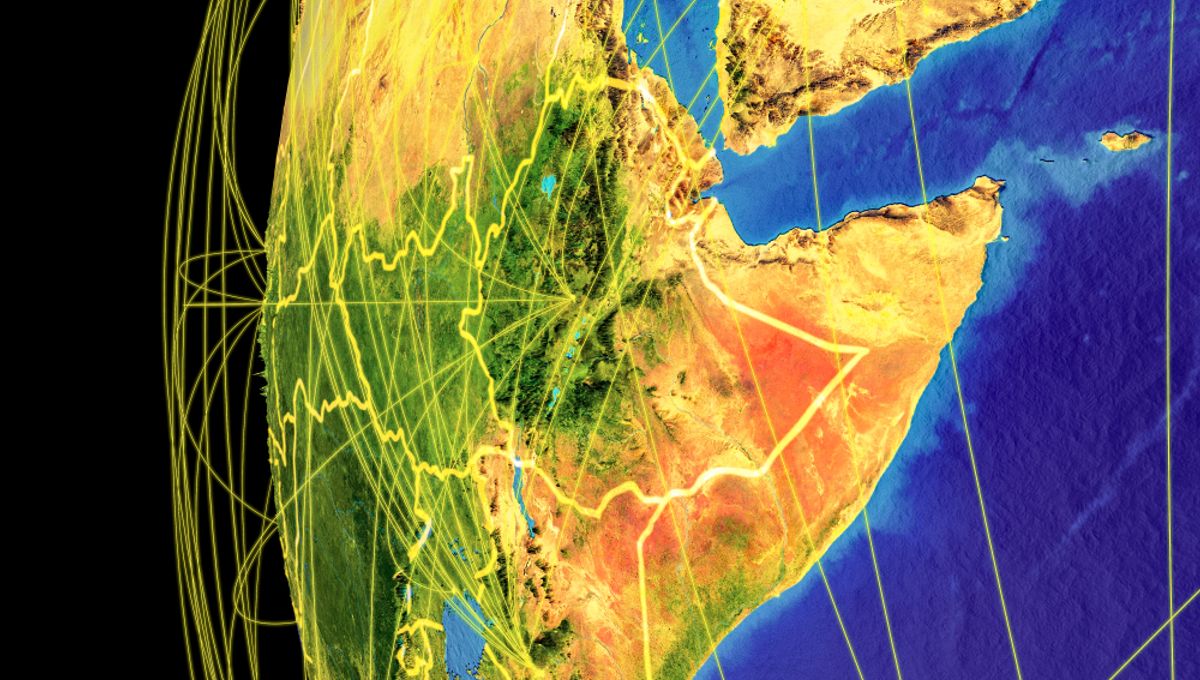Prepare to be amazed by the incredible East African Rift System (EARS)! This active continental rift zone stretches for thousands of kilometers, cutting through multiple countries including Ethiopia, Kenya, the Democratic Republic of the Congo, and more.
But what makes the EARS truly fascinating is its potential to split the African continent into two plates. Imagine a smaller Somalian plate and a larger Nubian plate! While this split is happening at an incredibly slow pace, with the two sides drifting apart at a rate slower than your fingernails grow, the impact is already being felt.
Seismic activity is a common occurrence along the EARS. In areas where the lithosphere is thin, massive cracks can form, leading to frequent earthquakes. It’s a reminder that even though the Earth’s surface may seem solid, it behaves more like Silly Putty on a grand timescale.
“If you hit Silly Putty with a hammer, it can actually crack and break,” explained D. Sarah Stamps, an associate professor in the Department of Geosciences. “But if you slowly pull it apart, the Silly Putty stretches. So on different time scales, Earth’s lithosphere behaves in different ways.”

So how does the EARS move? There are two leading theories. The first involves shallow lithospheric buoyancy forces, which are surface forces caused by variations in density. The second theory delves deeper into the mantle flow beneath East Africa.
Recent research by D. Sarah Stamps and her colleagues used computer modeling and GPS satellite data to study the EARS in detail. Their findings suggest that both shallow lithospheric forces and deeper mantle forces contribute to the movement of the rift, but in different ways.
The lithospheric buoyancy forces drive the rift from east to west, perpendicular to the fracture. However, the African Superplume, a feature deep beneath southwest Africa, also plays a role. It brings mantle material from the core-mantle boundary, flowing in a northeast direction across the continent.
Essentially, the EARS experiences both northward flow of mantle material and east-to-west splitting caused by forces within the lithosphere. This combination creates the unique deformation observed in East Africa.
Published in the Journal of Geophysical Research: Solid Earth in March 2023, this study sheds new light on the complex movements of the East African Rift System.








